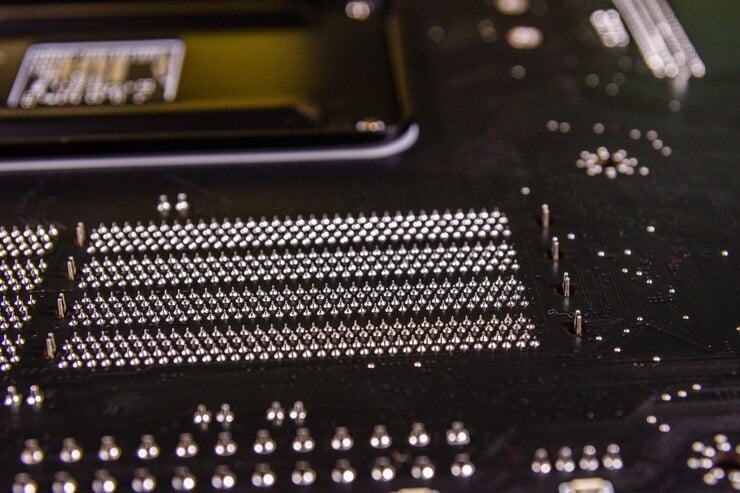The Microchip Shortage Strikes Again
by Abdul Aziz Mondal Technology 11 February 2022

Over the last year, an unprecedented slump in the supply of microchips shortage has been felt across just about every area of manufacturing. It’s caused the price of graphics cards to skyrocket to several times their RRP, and waiting lists for new games consoles like the Playstation 5 and the Xbox Series X to run into the months.
The impact of this isn’t just limited to computers and the components that go into them; just about every modern appliance and product is reliant to some degree on microcircuitry.
The automotive industry has found itself particularly affected because just about every modern vehicle is bristling with microchips, some of which are highly specialized.
Since the shortfall looks likely to run through 2022 and perhaps even beyond, it’s likely that the supply of new cars will be restricted. This is likely to cause a ripple effect that spreads into the second-hand market, with prices being pushed upward just about everywhere.
Motorists in the market for a new car might look into PCP gap insurance to safeguard their investment immediately after purchase. But exactly when might that purchase be made?
What Is Microchip Shortage?
The term microchip shortage simply refers to the lesser supply of semiconductor chips. After the pandemic 2020, the global chip supply has experienced a sharp crunch.
The major semiconductor chip-making companies across the industries are struggling hard to cope with the increasing demand. As per a market evaluation of Goldman Sachs, at least 169 industries worldwide have been impacted by the microchip shortage.
But why is this shortage happening? Is there something beyond COVID? We have elaborated that in the next section.
What’s Causing The Microchip Shortage?
The silicon industry is naturally prone to dips and troughs in supply. The facilities which fabricate the most advanced chips are incredibly finely tuned and precise. In ideal circumstances, they can take months turning a large piece of silicon (a ‘wafer’) into microchips that can actually be used.
There are several different growth areas for modern microcircuitry, prompted by several promising technological frontiers. AI, 5G, and cloud computing have all caused investors to pump money into the fabrication industry. Then the Covid-19 pandemic struck, creating a perfect storm from which the industry is still trying to recover.
Covid not only forced many facilities to close entirely; it also created a spike in demand for computer products. With everyone being forced to work and play indoors for months on end, the demand for new computer hardware rose sharply.
What About Cars?
The automobile industry faced a particularly acute version of this problem. While car sales were in decline in the middle of the pandemic, manufacturers slashed production and canceled their orders of microchips.
Here’s where the naturally slow production of a microchip becomes relevant. When it was time for manufacturers to ramp production up again, they found themselves unable to secure the chips that they needed – because the fabricators had already made promises to other industries that had been booming at precisely the time that the automotive market had been on life support.
How Long Will It Last?
How long this microchip shortage will last, that’s a big question. Different analysis has varied opinions regarding it. But we are detailing here what do we think considering the point of view of the two personalities.
According to the CEO of Intel and the CEO of Dell, the silicon shortage is likely to last until 2023 and could potentially last even longer than that. As such, if you’re in the market for a new car, you should probably get your order in sooner rather than later. According to one estimate, it may take approximately 2 years to build new chip production plants.
The Takeaway
Now that you know the reason behind the global microchip shortage, I hope you have understood what’s the real case. Nevertheless, following this shortage, a black market of a microchip is opening up. The major chip manufacturing companies are investing in optimizing their production lines owever, the supply-chain analysts would feel that it would take near about 2 years to fill this shortage of microchip shortage.
Getting any more queries? Drop them in the comment area below. We will try our best to solve them.
Read Also:






































































































